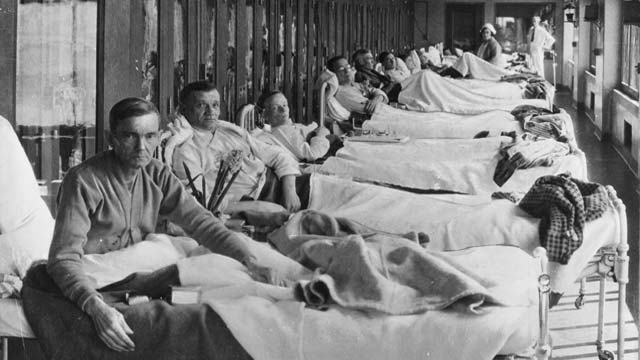
Forgotten Plague, The 1x53
For nearly two centuries, tuberculosis was America’s leading cause of death, responsible for one in five fatalities. It shaped medical and scientific pursuits, social habits, economic development, and government policy. During most of the 19th century, the cause of consumption, as tuberculosis was called, was unknown but environment was thought to be a cause. Consumptives were told to get plenty of fresh air and exercise in a mild climate. After the tuberculosis bacillus was discovered in 1882, treatment of the disease changed dramatically. No longer were patients free to seek their own cure in distant climes; instead, they were isolated in sanitariums for their own health and to prevent the spread of the contagious disease.
Dr. Edward Livingston Trudeau, who was a sufferer himself, established the country’s first sanitarium at Saranac Lake, New York in 1885. Though many patients benefitted from the isolation, others felt they had been imprisoned against their will. In 1943, Albert Schatz, a microbiologist at Rutgers, discovered streptomycin, an antibiotic that was heralded as a miracle cure.Within two years, streptomycin had liberated many patients from the sanitarium. But the tuberculosis bacterium began mutating into drug-resistant strains.
For decades, deaths from TB in the U.S. declined to the point where it seemed thedisease would be eradicated. Then, in the early 1990s, it suddenly reappeared. An epidemic in New York City sent public health officials scrambling. The disease that has stalked the nation for centuries stubbornly refuses to die.
Inflight rights also available.
Share This Program